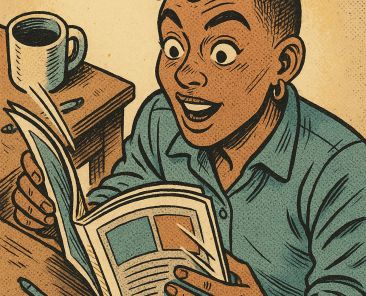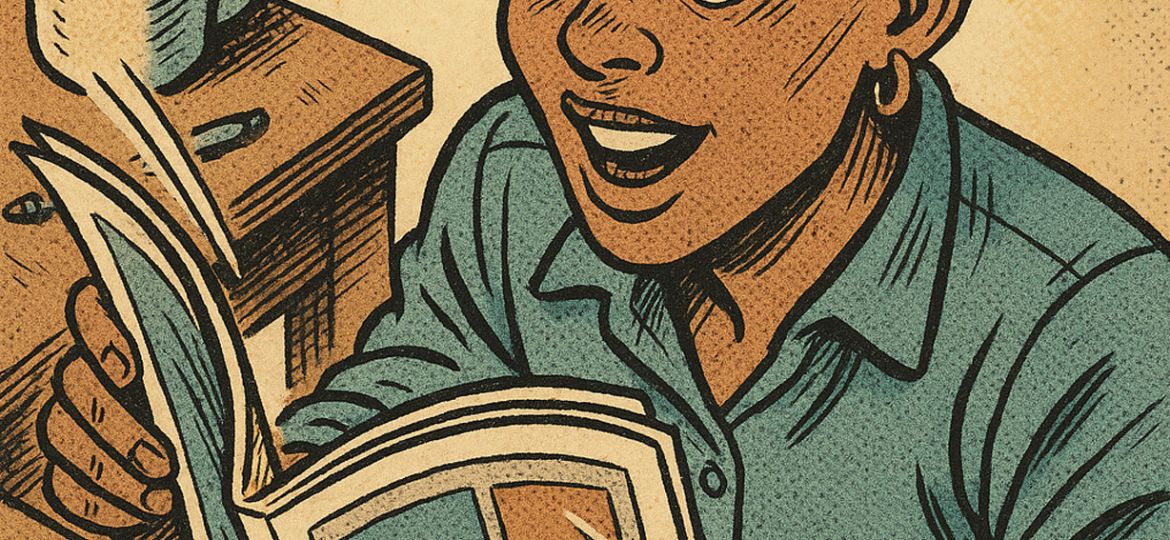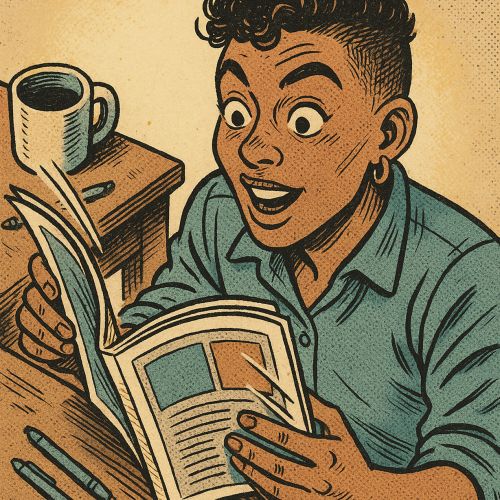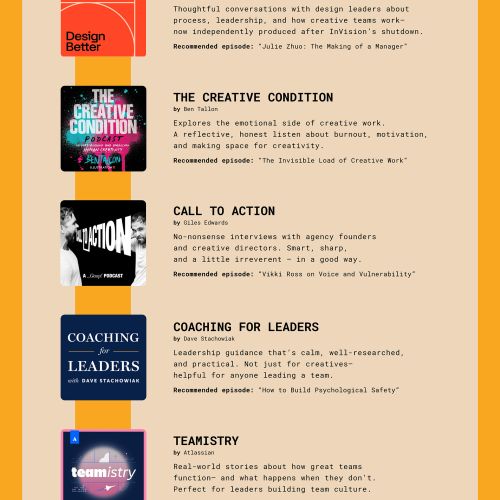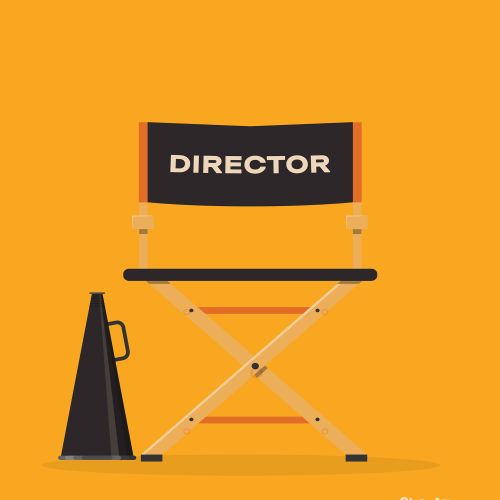More creatives are turning to offline work—not out of nostalgia, but necessity. Learn why stepping away from the screen can deepen focus, taste, and impact.
Good creative direction isn’t about having the best taste in the room. It’s about helping smart, skilled people do their best work with the least amount of friction.
By building your muscles in giving clearer input, framing feedback constructively, and creating space for interpretation, you’ll not only get better work—you’ll build stronger, more trusting teams.
The sooner you treat feedback as a tool for self-inquiry rather than a personal attack, the faster you grow. Not only as a leader, but as a person others want to follow.
If you’re a business owner, ask yourself: When was the last time you made a decision because of your brand values—not just around them? And more importantly, where in your process do those values actually show up?
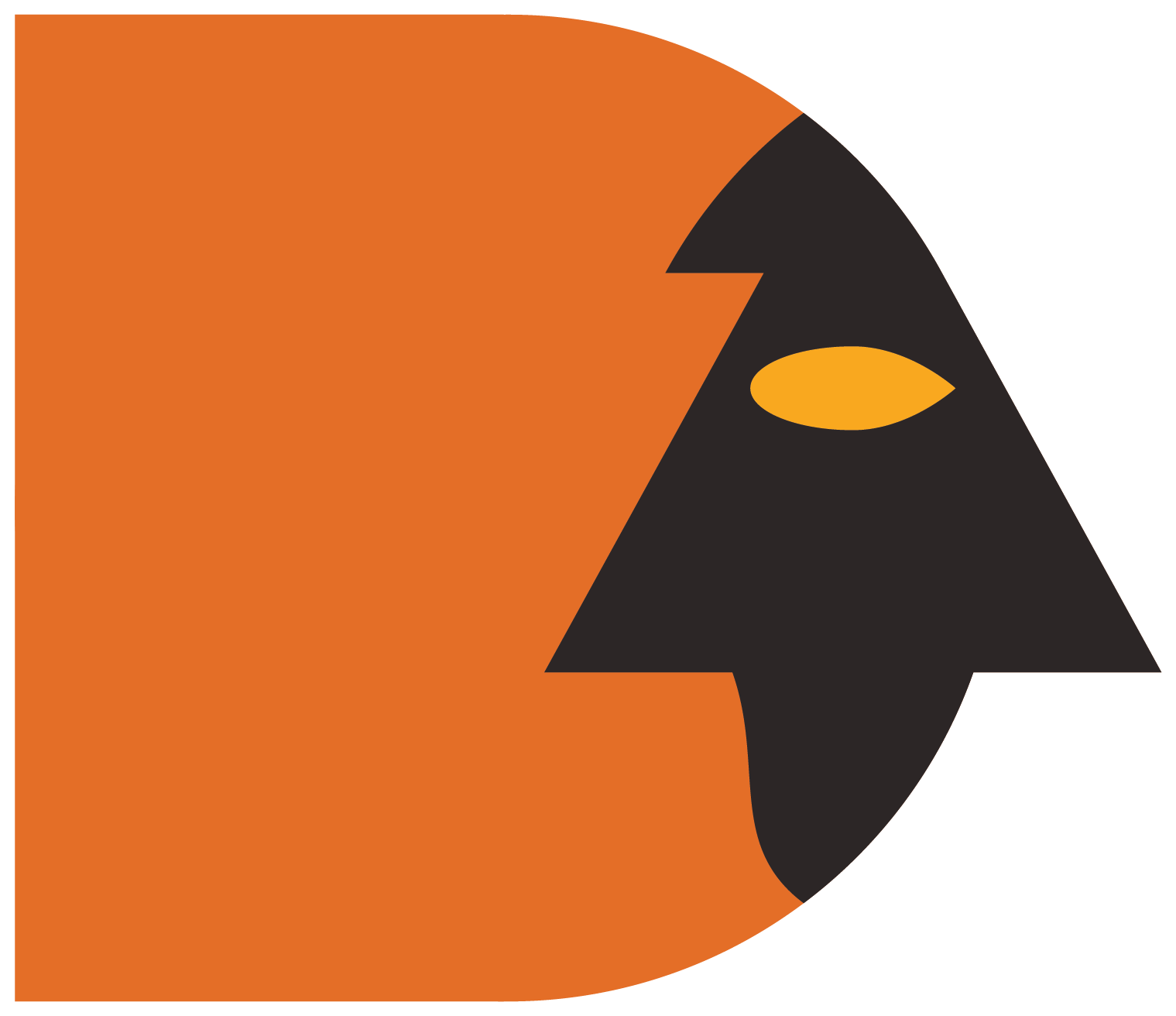
Library
- All
- Agile
- AI
- Brands
- Concepts
- Creation
- Creative Leadership
- Creative Process and Development
- Design Thinking
- Devices
- Gadgets
- Improve
- Innovation and Creativity
- Leadership Strategies
- Management
- Managing Creative Teams
- Mental Health in the Workplace
- Message
- Overcoming Creative Challenges
- Podcasts
- Production
- Progress
- Psychology of Creativity
- Quiz
- Recommendations
- Solution
- Team Dynamics
- Uncategorized
More creatives are turning to offline work—not out of nostalgia, but necessity. Learn why stepping away from the screen can deepen focus, taste, and impact.
Good creative direction isn’t about having the best taste in the room. It’s about helping smart, skilled people do their best work with the least amount of friction.
By building your muscles in giving clearer input, framing feedback constructively, and creating space for interpretation, you’ll not only get better work—you’ll build stronger, more trusting teams.
The sooner you treat feedback as a tool for self-inquiry rather than a personal attack, the faster you grow. Not only as a leader, but as a person others want to follow.
If you’re a business owner, ask yourself: When was the last time you made a decision because of your brand values—not just around them? And more importantly, where in your process do those values actually show up?
You don’t need to become an expert in these frameworks to benefit from them. But understanding the difference between exploration (Design Thinking) and execution (Agile) helps you ask better questions, set clearer expectations, and lead your teams with more precision.
We’ve gathered a short list of podcasts that support our kind of leadership. They explore the realities of leading creative teams with nuance and humility — from the practical to the philosophical.
Business owners are rightly curious about AI’s potential. It’s efficient, tireless, and increasingly skilled at producing decent first drafts. But what AI can’t do — and won’t be able to do anytime soon — is create meaning. That’s where creatives come in.
Creative Directors aren’t just for agencies or global brands. They serve a practical, often overlooked function for individuals, studios, and small teams: they help creative work live up to its purpose.

